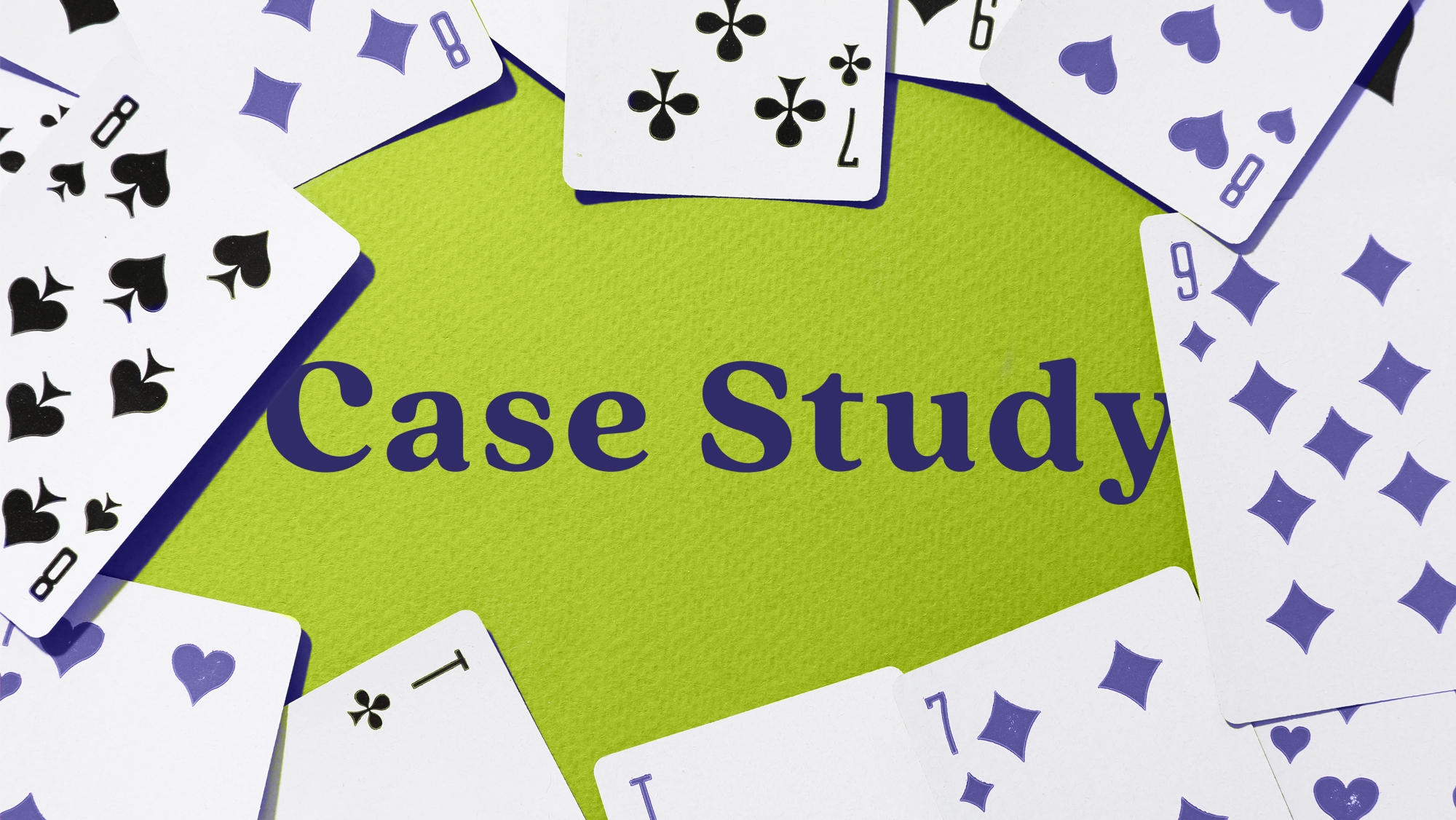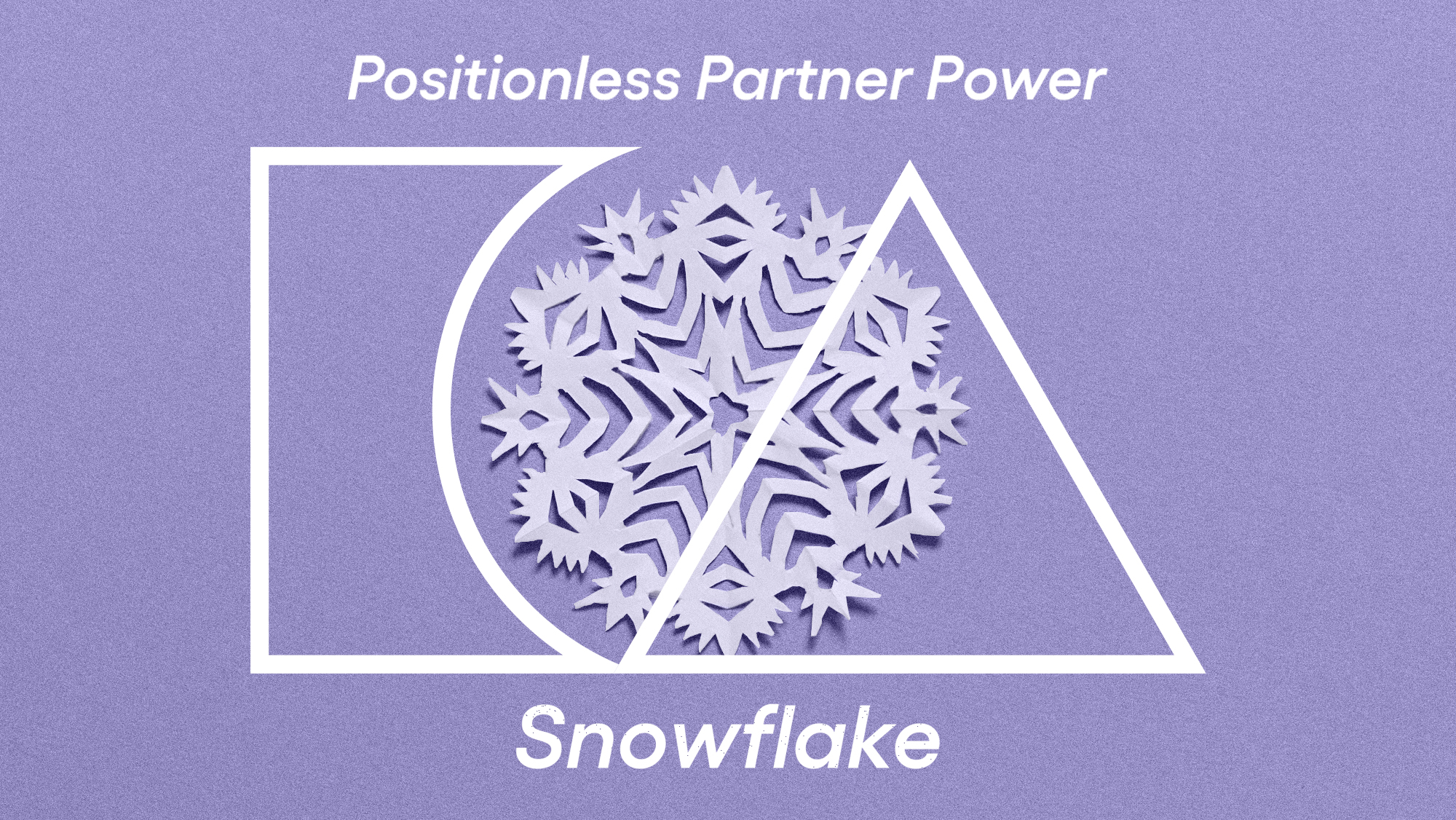What it is
Claude is an AI model designed by Anthropic to make collaboration more aligned with human intentions. This means that it is built on ethical principles to go beyond surface instructions and infer context, values, and consider human well-being at its core. The result is a model that can be helpful, accurate, and creative while avoiding manipulation, harm, and breaches of ethical and legal boundaries.
In its essence, Claude AI merges precision, transparency, and ethics, being an interesting alternative to other generative AI systems.
Named after Claude Shannon, the father of information theory, it is a partner capable of understanding nuanced instructions, analyzing large documents, and producing thoughtful, contextual responses, shining when handling large context windows (up to hundreds of thousands of tokens).
Both free and paid versions deliver high-quality responses and continuity across conversations, but the paid tiers offer expanded context length, file support, and faster access.
Integrated into platforms such as Notion, Slack, and Anthropic’s own interface, Claude can transform how teams organize knowledge and communicate ideas, empowering decision-makers to move from fragmented workflows to cohesive, AI-assisted thinking.
Marketers, writers, developers, strategists, educators, and researchers can be Positionless by using the tool to summarize dense materials, draft documents, generate ideas, or conduct complex reasoning.
Uses and features of Claude
Get to know Claude's key features, capabilities, strengths, and how it performs in real-world use.
- Extended context understanding and memory: Claude supports a context window of up to 200,000 tokens (that’s about 150,000 words, or 500–600 pages), allowing it to read, summarize, or reason over lengthy documents, research reports, on multiple inputs and conversations.
- Multimodal inputs: it can process not only plain text, but images, attached files, and content from integrated tools, depending on plan and version. Users can extract meaningful information from visual content, convert diagrams into structured data, and ask for insights from charts.
- Coding and debugging: For users working with development and coding, Claude offers its own coding environment (Claude Code) that can generate, analyze, identify, and correct what is causing a bug.
- Compare viewpoints and sources: Help learners evaluate multiple perspectives or summarize research findings.
- Encourage self-learning: By keeping context throughout a conversation, Claude can guide users through multi-step lessons or projects like a personalized coach.
- Summarize or rewrite complex material: Turn dense research papers, transcripts, or legal text into clear, accessible summaries.
- Enterprise Integration: The Model Context Protocol provides Claude with access beyond current conversation, allowing it to interact safely with private databases, internal business applications, and contexts.
Try this prompt out to...
...test Claude's advanced analysis capabilities!
"I need you to analyze the attached graphs and reports and want you to provide a structured, actionable analysis.
Context:
- Research topic: [Describe your research area - e.g., "customer satisfaction trends in e-commerce"]
- Research goals: [What you're trying to achieve - e.g., "identify pain points and opportunities for improvement"]
- Target audience: [Who will use this analysis - e.g., "marketing team, executives, product managers"]
- Time period covered: [Specify the timeframe of your data]
Documents provided: [List each file with a brief description]
- Graph 1: [e.g., "Monthly revenue trends Q1-Q4 2024"]
- Report 1: [e.g., "Customer feedback survey results"]
- Graph 2: [e.g., "User retention rates by cohort"]
Analysis requirements:
- Executive Summary (3-4 sentences max)
- Highlight the single most important finding
- State overall trend direction (positive/negative/mixed)
- Key Findings (bullet points, prioritized by impact)
- Extract 5-7 most significant data points
- Include specific numbers, percentages, or metrics
- Note any surprising or unexpected patterns
- Cross-Document Insights (narrative format)
- Identify connections between different graphs/reports
- Highlight correlations or contradictions in the data
- Explain what these patterns reveal about the bigger picture
- Critical Gaps or Concerns (bullet points)
- Missing data that would strengthen the analysis
- Anomalies or outliers that need investigation
- Potential data quality issues
- Actionable Recommendations (prioritized list with rationale)
- Provide 3-5 specific next steps
- For each recommendation, explain: what to do, why it matters, and expected impact
- Distinguish between quick wins and long-term initiatives
- Questions for Further Research
- List 3-5 questions that would deepen understanding
- Suggest what additional data would be most valuable
- Tone and style:
- [Choose: Professional and formal / Conversational but analytical / Technical and data-focused]
- Use clear, jargon-free language unless technical terms are necessary
- Be direct and concise—avoid unnecessary elaboration
- Output format:
- Use headers and sub headers for easy navigation
- Include relevant metrics and data points to support claims
- Highlight critical insights in bold
- Keep total response under [specify word count if needed]
Important:
- If you notice any conflicting data between documents, call it out explicitly
- If graphs are unclear or data seems incomplete, state your assumptions
- Focus on actionable insights rather than just describing what the data shows
- Don't hallucinate or invent any number or quote.
Note: If you have many files, consider grouping them thematically and analyzing them in phases rather than overwhelming Claude with everything simultaneously.
Common mistakes made and limitations
Here are frequent errors users make when using Claude and its well-known limitations:
- Unstructured projects or vague prompts: One of the biggest errors is diving headfirst with prompts like "Claude, build me an app," which almost guarantees chaos. Without a proper structure and step-by-step process, Claude will generate codes that may look polished but are unmanageable.
- Unsupported file types: Claude supports the most common types of files, such as XLS, CSV, JPG, GIF, DOC, PDF, ODT, among others, but it cannot "read" audio and video files, ZIP files, PPT (although it can create them), SQL, and images with more than 30 MB and 8000 × 8000 pixels resolution.
- Limited visual analysis: Claude 4, 3.7, and 3.5 Sonnet can analyze both text and visual elements in PDFs under 100 pages; PDFs over 100 pages will only have their text processed, not images. For non-PDF documents, Claude won't be able to read or interpret images, only texts.
- Outdated knowledge base: In some subject areas, Claude might not have been trained on the most up-to-date information and may get confused when prompted about current events
- Overloading the model with context: If a conversation or prompt exceeds Claude’s context window or usage limits, relevant information may be truncated or ignored.
- Misinterpretation of nuance or context: Sarcasm, cultural idioms, ambiguous phrasing, or deeply domain-specific jargon can confuse Claude’s reasoning.
- Safety-driven refusal or overly timid responses: Because of its safety settings, it might decline to assist with a benign but borderline request or provide truncated answers rather than pushing into gray areas.
- Asks for refinement without proper guidance: When users don't specify the desired vibe or structure, Claude fills in the blanks itself and can usually sound generic, dry, or just weird.
Tips to avoid common mistakes
These practices will help you to get more reliable, accurate, and better-quality outputs from Claude:
- Provide specific, detailed Instructions: Instead of general requests, include details about the audience, purpose, length, and style to guide Claude's response accurately.
- Break tasks into steps: Keep it simple with one prompt referring to one task to be done. Respect the process by first asking for an outline, then building piece by piece. Sequential prompting allows Claude to focus on individual components before synthesizing them into comprehensive solutions.
- Provide examples: Show Claude what you mean by dropping a mini example inside your prompt. Even a simple two-line text helps the tool to get your style faster.
- Cross-check facts and outputs: Especially for claims, dates, code, or technical results, validate them using external sources or domain tools.
- Prompt sample outputs and partial testing: Ask Claude to generate small proof-of-concept snippets first, review them, then scale up.
- Mind your subscription plan and limits: Be aware of your message quotas, session resets, and token ceilings. In productive sessions, launch fresh chats when context grows too large.
- Ask for uncertainty estimates or reasoning steps: Request Claude to “explain your reasoning” or “indicate confidence” to sense when it might be unsure.
- Provide specific context or glossaries: If you’re working in a specialized field, include definitions, abbreviations, or annotations, so Claude knows the terms and their meanings in certain contexts.
- Avoid safety refusals: If Claude declines, try rephrasing or narrowing the scope rather than assuming the subject is off its limits.
- Use Direct, concise Language: Talk directly with short, sharp instructions, more like a "busy boss giving orders," than a "polite friend asking for a favor."
- Use printscreen to share embedded visual elements: One way to make Claude understand and analyze images embedded in non-PDF is to take a screenshot of the entire page.
When should non-experts call experts?
Claude excels at transforming any person into a Positionless professional, but there are still certain situations that demand specialized human expertise. Recognizing these boundaries protects against errors and ensures appropriate resource allocation.
- A professional researcher or data analyst is needed to check methodologies and outputs, especially when the data is conflicting or heavily specific.
- When outcomes carry serious liability or risk, or are highly technical, rely on qualified experts to interpret or validate information.
- To define brand’s voice and other institutional materials, a copywriter or communication professional should be involved to polish and align with brand strategy.
- When tone, humor, or emotional nuance is crucial, a professional writer will ensure the content resonates with the intended audience on a deeper level.
- To avoid overly generic content, rely on creative experts to bring originality.
- If you’re building critical infrastructure (e.g., authentication, encryption, data integrity), expert review is required.
Notes on pricing
Claude is a freemium tool with different plans designed for individuals, medium-sized businesses, and large enterprises. The free plan gives access to the most essential functionalities, such as writing, coding, reviewing data, but to have access to more advanced models, a wider number of tokens, and advanced research and organizing features, subscribe to Pro or Max plans here.
Optimove’s Positionless Marketing Platform and Claude AI empower marketers to move beyond the traditional hierarchies of data interpretation and content creation. Optimove provides real-time customer intelligence, unifying data and predicting behavior, while Claude acts as a reasoning partner that can translate insights into strategies, copy, and creative concepts. Together, they enable marketers to skip the bottom lines and make faster, more confident decisions grounded in data and context. This synergy fosters true self-sufficiency, allowing teams to think strategically, act creatively, and communicate with precision without constantly relying on specialized intermediaries.



